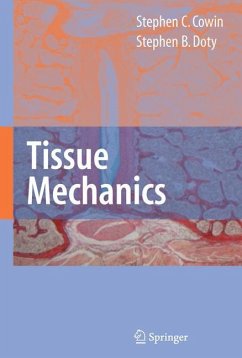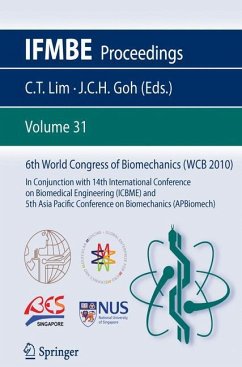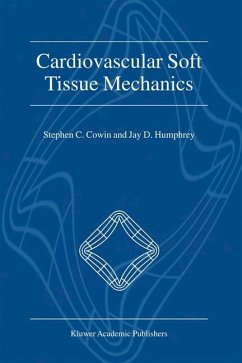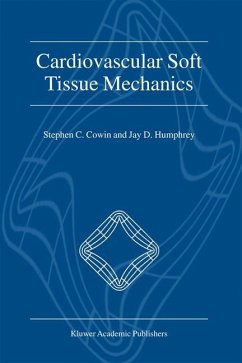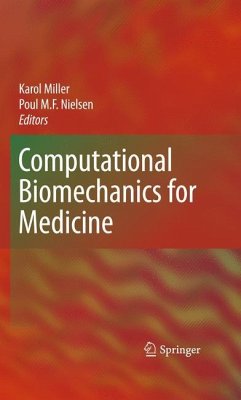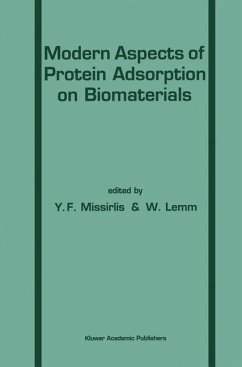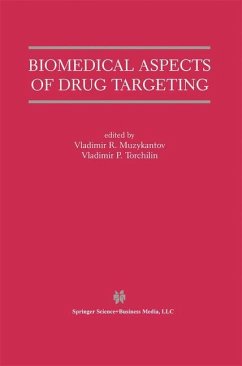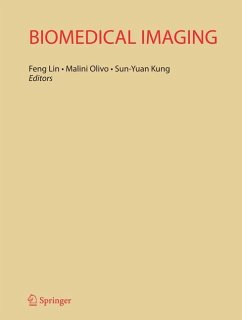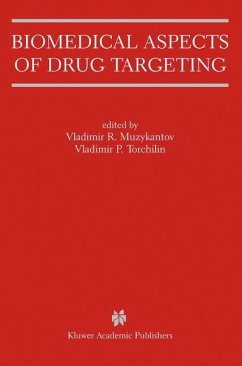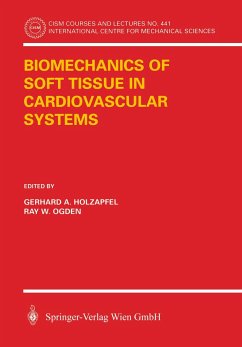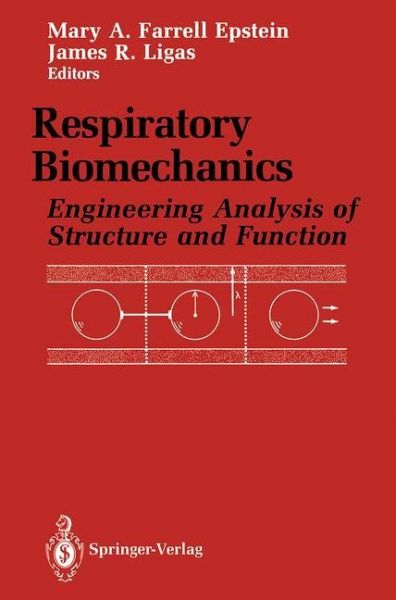
Respiratory Biomechanics
Engineering Analysis of Structure and Function
Herausgegeben von Epstein, Mary A.F.; Ligas, James R.
Versandkostenfrei!
Versandfertig in 6-10 Tagen
76,99 €
inkl. MwSt.

PAYBACK Punkte
38 °P sammeln!
This proceedings volume brings together the invited papers from the Respiratory Biomechanics Symposium of the First World Congress of Biomechanics held in La Jolla, California from August 3D-September 4, 1990. The respiratory system offers many opportunities to apply the different branches of traditional mechanics. Tissue defonnations and stresses during lung expansion can be analyzed using the principles of solid mechanics. Fluid mechanical problems in the lung are unique. There is the matched distribution of two fluids, gas and blood, in two beautifully intertwined, branched conduit systems....
This proceedings volume brings together the invited papers from the Respiratory Biomechanics Symposium of the First World Congress of Biomechanics held in La Jolla, California from August 3D-September 4, 1990. The respiratory system offers many opportunities to apply the different branches of traditional mechanics. Tissue defonnations and stresses during lung expansion can be analyzed using the principles of solid mechanics. Fluid mechanical problems in the lung are unique. There is the matched distribution of two fluids, gas and blood, in two beautifully intertwined, branched conduit systems. The reversing flow of the gas phase presents different problems than the pulsatile flow of the non-Newtonian fluid that is the blood. On the smaller scale, there is the flux of fluids and solutes across the capillary membrane. Finally, there is the problem of coupling fluid and solid mechanics to understand the overall behavior of the respiratory system. In this symposium, we have chosen toaddress the basic processes that contribute to the gas and fluid exchange functions of the lung. Section 1, Lung Tissue Mechanics, provides an historical background and, then, presents more recent work on the structure of the lung parenchyma, the mechanics of the tissue, and the effects of the bounding membrane, the visceral pleura.





